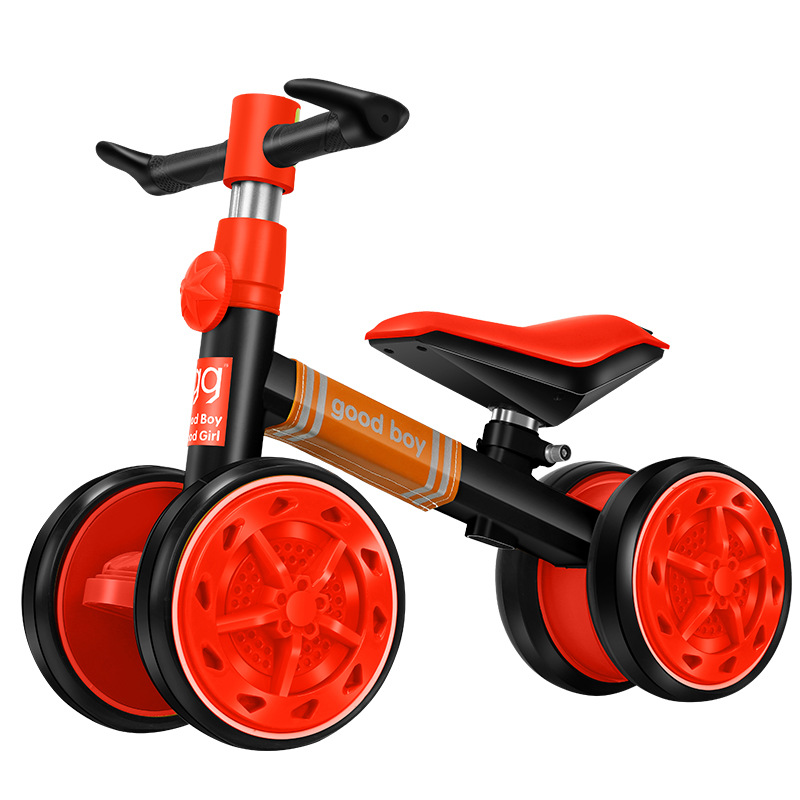all types of mountain bikes
All Types of Mountain Bikes A Comprehensive Guide
Mountain biking is an exhilarating sport that combines adventure, fitness, and the great outdoors. The many types of mountain bikes available can vastly improve your riding experience based on your specific needs, preferences, and the terrain you plan to conquer. In this article, we’ll explore the various types of mountain bikes, helping you make an informed decision when choosing your next ride.
1. Hardtail Mountain Bikes
Hardtail mountain bikes are characterized by their rigid rear end and front suspension. These bikes are ideal for cross-country riding and trail riding where smooth and flowy tracks prevail. With a lighter frame and often more efficient pedaling, hardtails deliver a more connected riding experience on smoother terrain. They are generally more affordable than their full-suspension counterparts, making them an excellent choice for beginners or those looking for a solid bike without breaking the bank.
2. Full-Suspension Mountain Bikes
Full-suspension mountain bikes come equipped with both front and rear suspension, providing better shock absorption and improved control over rough terrain. This type of bike excels in downhill riding and on rocky trails. There are two main subcategories of full-suspension bikes trail bikes and downhill bikes. Trail bikes strike a balance between climbing and descending, while downhill bikes are designed specifically for steep descents and often feature more robust components to withstand the rigors of aggressive riding.
3. Cross-Country (XC) Bikes
Cross-country bikes are designed for speed and efficiency. They are typically lightweight, with a focus on pedaling performance. XC bikes feature either a hardtail or full-suspension design but tend to have shorter travel suspension, which is sufficient for the relatively smooth and fast-paced terrain of cross-country racing and recreational riding. These bikes are perfect for those who enjoy covering long distances quickly or participating in competitive racing events.
4. Trail Bikes
Trail bikes are the jack-of-all-trades in the mountain biking world. With moderate frame geometries and suspension travel ranging from 120mm to 150mm, they are designed to handle a wide range of riding conditions. Whether climbing hills or descending technical sections, trail bikes offer versatility and comfort. They are popular among recreational riders looking for an all-around bike that can handle various trail types, from smooth forest paths to challenging rocky climbs.
all types of mountain bikes

5. All-Mountain Bikes
All-mountain bikes, also known as enduro bikes, are designed for downhill performance while still being able to climb effectively. With longer suspension travel (generally from 150mm to 170mm), they offer enhanced stability on rough descents and barriers, making them ideal for riders who love tackling mountainous terrain. All-mountain biking has gained immense popularity in recent years due to its balance between technical downhill capabilities and the ability to climb.
6. Downhill Bikes
Downhill bikes are built for one purpose descending at high speeds on steep, rough terrain. They boast heavy-duty frames, wide tires, and substantial suspension travel (usually over 200mm). These bikes often lack the climbing efficiency of other mountain bike types, meaning they are typically used in bike parks or during shuttled rides rather than for pedaling uphill. If your primary focus is downhill racing or aggressive trail riding, this is the bike type for you.
7. Fat Bikes
Fat bikes have oversized tires (usually 3.8 inches or wider) designed for riding on snow, sand, and other soft surfaces. Their increased traction allows riders to tackle challenging environments where traditional mountain bikes might struggle. Fat biking has become increasingly popular in winter sports, providing a unique way to experience winter trails.
8. Electric Mountain Bikes (e-MTB)
Electric mountain bikes, or e-MTBs, are equipped with a battery-powered motor that assists with pedaling. This technology allows riders to tackle more difficult trails with less physical exertion. E-MTBs are appealing to those who wish to extend their riding range, seek assistance on steep climbs, or simply enjoy a longer ride without exhausting themselves. They are available in various configurations, including hardtail and full-suspension designs.
Conclusion
Choosing the right mountain bike depends greatly on the type of riding you plan to do. Each type of mountain bike offers unique features and benefits tailored to specific terrains and riding styles. Whether you’re a competitive racer, a weekend warrior, or an adventure seeker, understanding the distinctions between hardtail, full-suspension, XC, trail, all-mountain, downhill, fat bikes, and e-MTBs will help you find the perfect bike to elevate your mountain biking experience. With the right bike, you’ll be ready to tackle any trail that comes your way!
-
The Perfect Baby TricycleNewsAug.11,2025
-
Ride into Fun with Bikes for KidsNewsAug.11,2025
-
Ride into Adventure with the Perfect Kids Balance BikeNewsAug.11,2025
-
Fun and Safe Riding with the Best Childrens ScootersNewsAug.11,2025
-
Find the Perfect Childrens Bike for Your Little OneNewsAug.11,2025
-
Explore the Best Baby Tricycles for Your Little OneNewsAug.11,2025
-
Three-Wheel Light-Up Scooter Benefits for KidsNewsJul.11,2025








